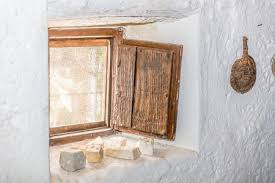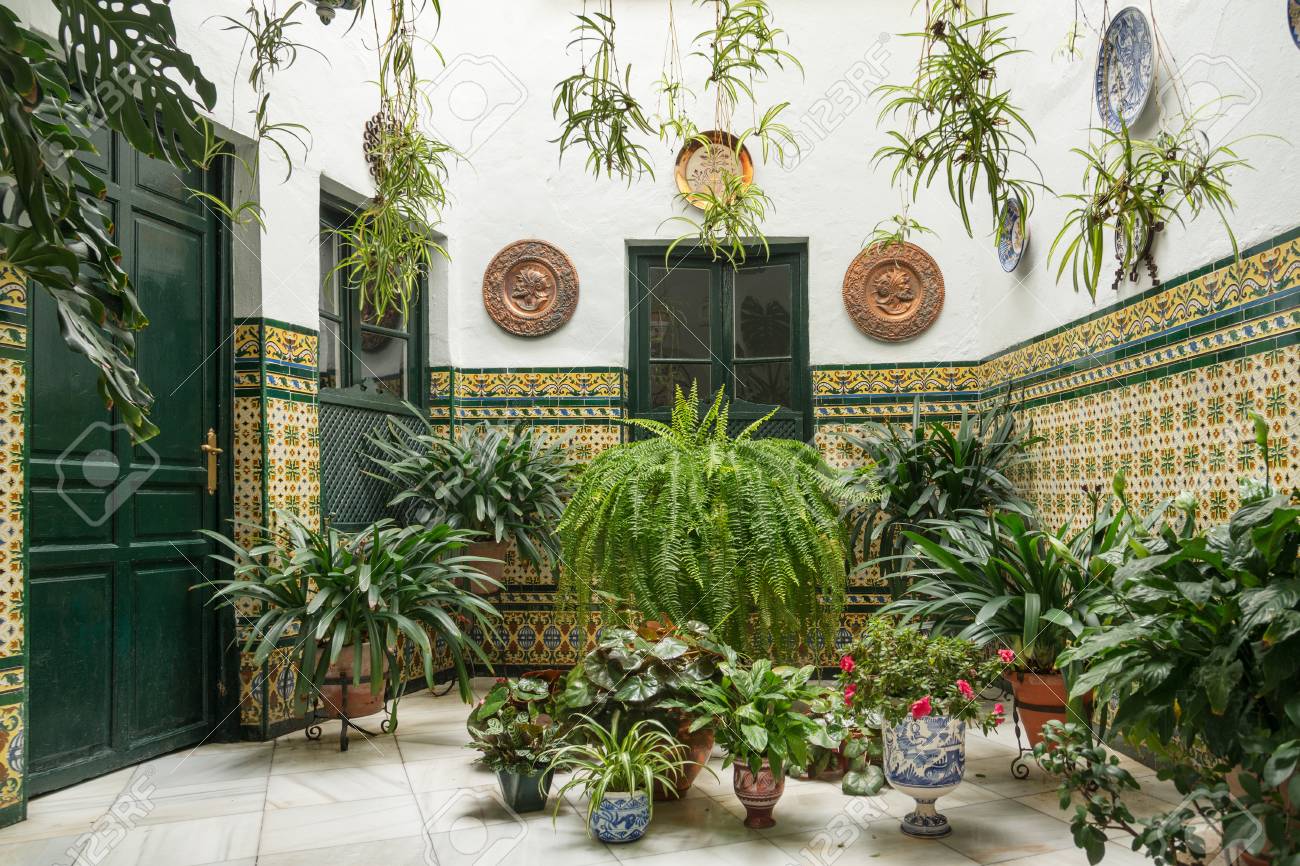Before air conditioning became a household standard, people had to come up with ingenious methods to beat the heat, especially in countries with hot climates like Spain. Spain's rich history and geographical diversity have given rise to various traditional practices to stay cool during the scorching summer months. Here, we explore some of the age-old Spanish tricks that made the summers more bearable before the luxury of air conditioning.
White-Washed Walls
One of the most visually striking and practical traditional methods to keep buildings cool is the whitewashing of exterior walls. This practice was particularly prevalent in the Andalusian region. The white lime paint reflects the sun's rays, significantly reducing heat absorption by the buildings and keeping the interiors cooler. Towns like Ronda and the famous Pueblos Blancos are testament to this effective technique, showcasing picturesque villages that gleam under the sun while providing respite from the heat to their inhabitants.
Thick Walls and Small Windows

Traditional Spanish architecture features homes with thick walls made of adobe or stone and smaller windows than what modern design might dictate. These elements are crucial in insulating the house from the outside heat. The mass of the walls absorbs the heat during the day and releases it slowly during the cooler nights, maintaining a more constant temperature inside the homes. Smaller windows minimized the amount of direct sunlight entering the rooms, further helping to keep interiors cool.
Interior Patios and Courtyards

Many traditional Spanish houses feature an internal patio or courtyard, often with a fountain at its center. This design is not just for aesthetics; it serves a practical purpose in cooling. The courtyards offer shaded outdoor spaces protected from the direct sun, while the water from fountains adds humidity, helping cool the air through evaporation. Plants and trees in these spaces also contribute to a cooler microclimate, offering a pleasant refuge from the summer heat.
Cross Ventilation
Cross ventilation takes advantage of the natural breezes to cool homes. This strategy involves opening windows or doors on opposite sides of a house to allow air to flow through. In traditional Spanish homes, particularly those with inner courtyards, cross ventilation helps circulate air, pushing hot air out and letting cooler air in. This method is most effective during the evening and early morning hours when the outside air is cooler than the inside air.
Night-time Air Flow
Taking advantage of the cooler night air is another strategy employed in traditional Spanish homes. Residents would close their homes during the hot daytime hours to keep the heat out and open them up at night to allow the cool air to circulate through the interiors. Often, families would sleep on rooftops terraces or balconies to escape the day's accumulated heat within the home's walls.
Natural Fabric and Clothing
The traditional Spanish attire, such as the light and airy "flamenco" dresses or the loose, comfortable "camisa de manta," reflects an intrinsic understanding of how to stay cool. These clothes are usually made from natural fibers like cotton or linen, which are breathable and promote the evaporation of sweat, thus cooling the body more efficiently than synthetic fabrics.
Strategic Planting
The strategic planting of trees and vines around homes was another method used to create shade and protect buildings from direct sunlight exposure. Deciduous trees, which lose their leaves in the winter, were particularly valued as they provide shade during the summer while allowing sunlight to penetrate and warm the house during the colder months.
In the absence of modern cooling technologies, these traditional Spanish methods provided effective solutions to the problems posed by the summer heat. Today, with a growing interest in sustainable living practices, these time-tested strategies are gaining renewed attention. They remind us of the ingenuity of past generations and offer inspiration for ecologically responsible design in our quest to stay cool in the heat